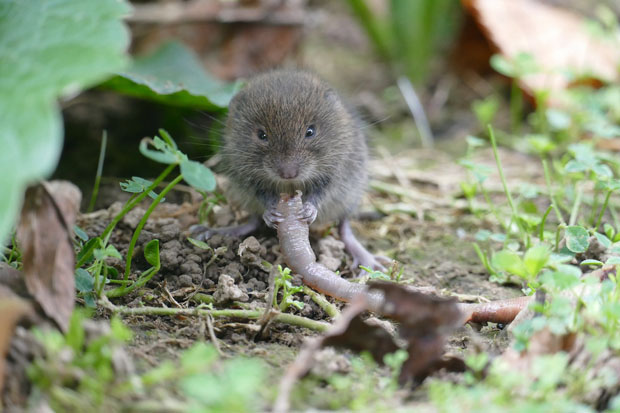Proven Vole Control Approaches to Protect Your Property
Proven Vole Control Approaches to Protect Your Property
Blog Article
Comprehensive Guide to Efficient Vole Bug Control: Invasion Recognition and Therapy Techniques
In the world of effective parasite control, vole infestations posture a distinct obstacle that demands a calculated approach. By checking out the subtleties of vole behavior, comprehending crucial indicators of infestation, and examining an array of control options, one can establish a thorough approach to combat these elusive insects.
Comprehending Vole Habits
Vole habits is defined by their tunneling routines and fast reproduction rates, making them a difficult insect to control efficiently. Their rapid reproductive rate more makes complex control efforts, with females capable of producing numerous trashes in a solitary year, each including a number of spawn.
Comprehending vole actions is essential for reliable pest control methods. By identifying their burrow places, keeping an eye on feeding areas, and carrying out targeted control techniques, such as trapping or environment modification, vole invasions can be taken care of effectively.
Indicators of Vole Problem

Prevention Methods
Applying efficient avoidance techniques is vital in lessening vole invasions and protecting greenery from their devastating feeding practices. To prevent vole problems, it is vital to begin by removing possible food resources and sanctuary.
Routinely examining the property for signs of vole activity, such as paths and burrow openings, is critical for very early detection and punctual activity. If vole task is presumed, consider using repellents or catches tactically positioned near their pathways.
Non-Lethal Control Methods
To successfully handle vole populaces while focusing on gentle techniques, non-lethal control techniques supply sensible solutions for lowering vole damages in yards and landscapes. One reliable method is the use of physical barriers such as equipment cloth or wire mesh to protect prone plants. These obstacles can be buried at least 12 inches curved and deep at a 90-degree angle to stop voles from tunneling underneath. In addition, environment modification can the original source discourage voles by lowering their favored food resources and concealing areas. Maintaining a well-mowed grass, getting rid of debris, and maintaining greenery cut can make the setting much less appealing to voles.

Lethal Control Options
One efficient technique for resolving vole invasions in gardens and landscapes includes the calculated use of lethal control choices. When encountered with a serious vole invasion that non-lethal approaches have actually fallen short to contain, implementing dangerous control procedures becomes critical. In general, when using deadly control choices, it is necessary to do so properly and in accordance with regional regulations to properly take care of vole problems.
Verdict
In final thought, efficient vole parasite control needs an extensive understanding of vole habits, recognition of signs of problem, application of avoidance methods, and usage of both deadly and non-lethal control additional info techniques. By integrating these methods, people can effectively take care of vole populations and secure their home from damages. It is crucial to resolve vole infestations immediately to avoid more problems and reduce the effect on the surrounding atmosphere.
Provided the elaborate tunnel systems and rapid reproduction rates particular of voles, acknowledging the indicators of vole invasion becomes crucial my explanation in efficient bug control. One of the key indicators of vole visibility is the existence of surface area paths or trails in turf or snow, normally regarding 1-2 inches broad, developed as voles take a trip between their burrows and food sources.To properly manage vole populations while focusing on humane methods, non-lethal control methods supply sensible options for minimizing vole damage in yards and landscapes.One efficient method for dealing with vole problems in landscapes and gardens includes the calculated use of dangerous control choices. vole lawn damage.In final thought, reliable vole pest control needs an extensive understanding of vole actions, identification of indicators of invasion, implementation of avoidance techniques, and use of both non-lethal and dangerous control approaches
Report this page